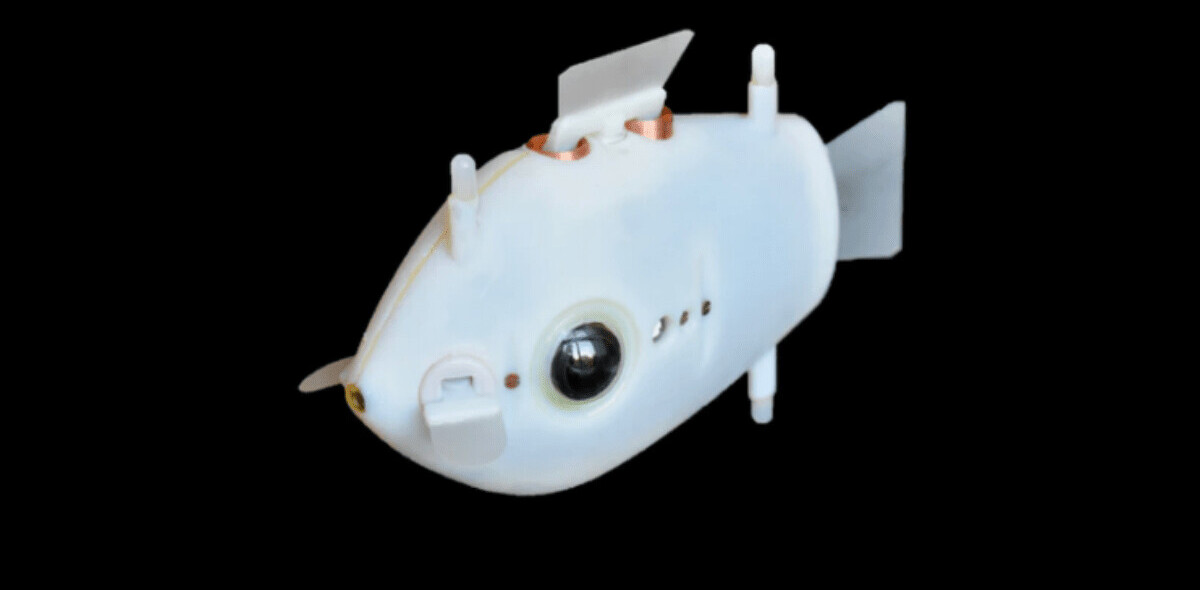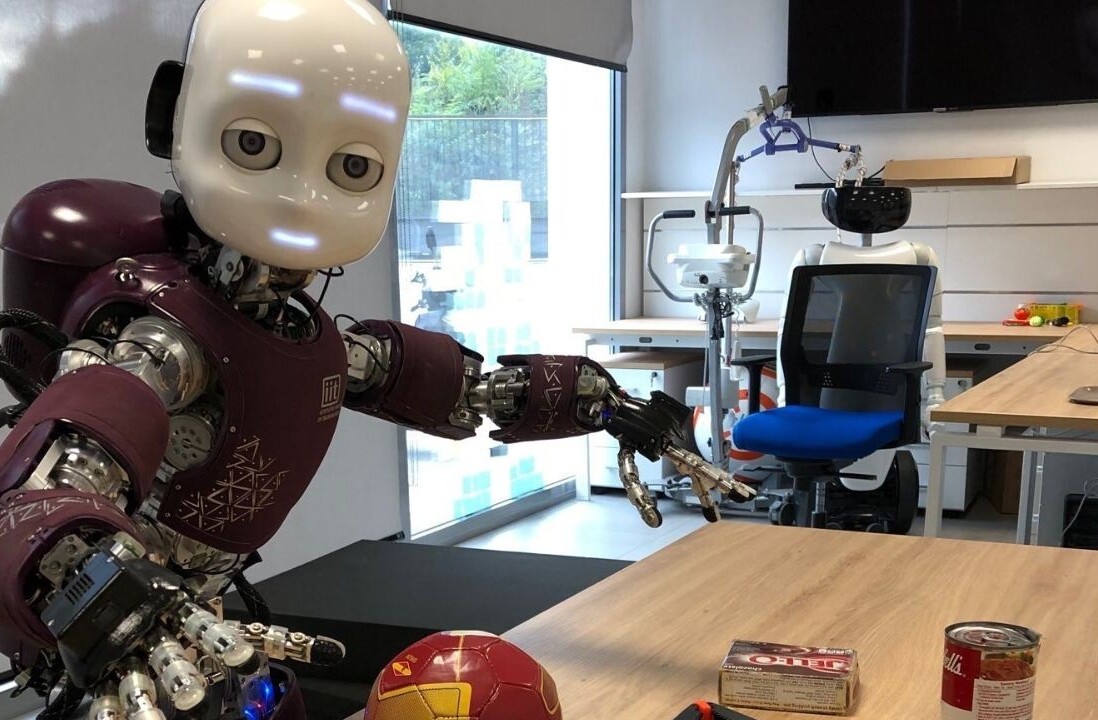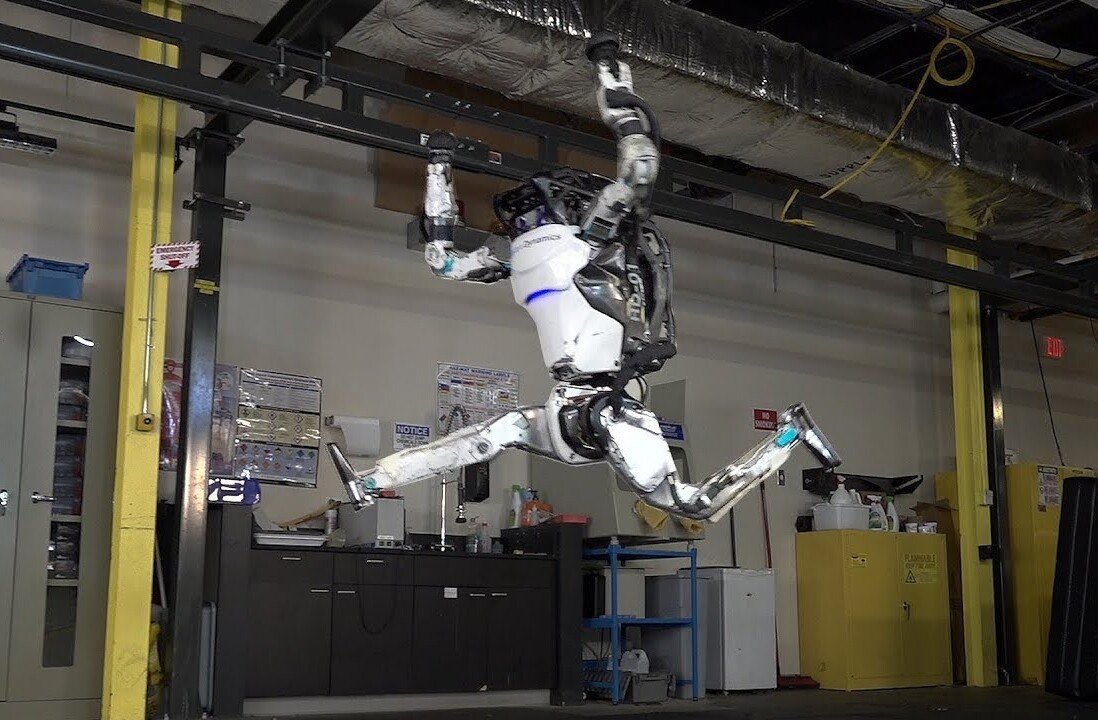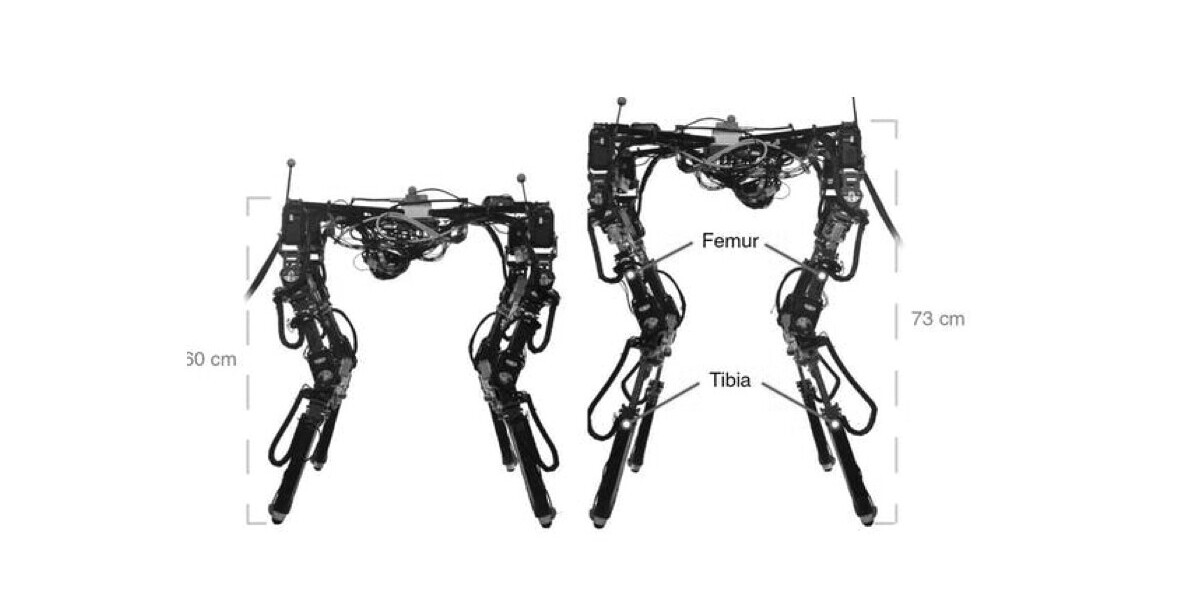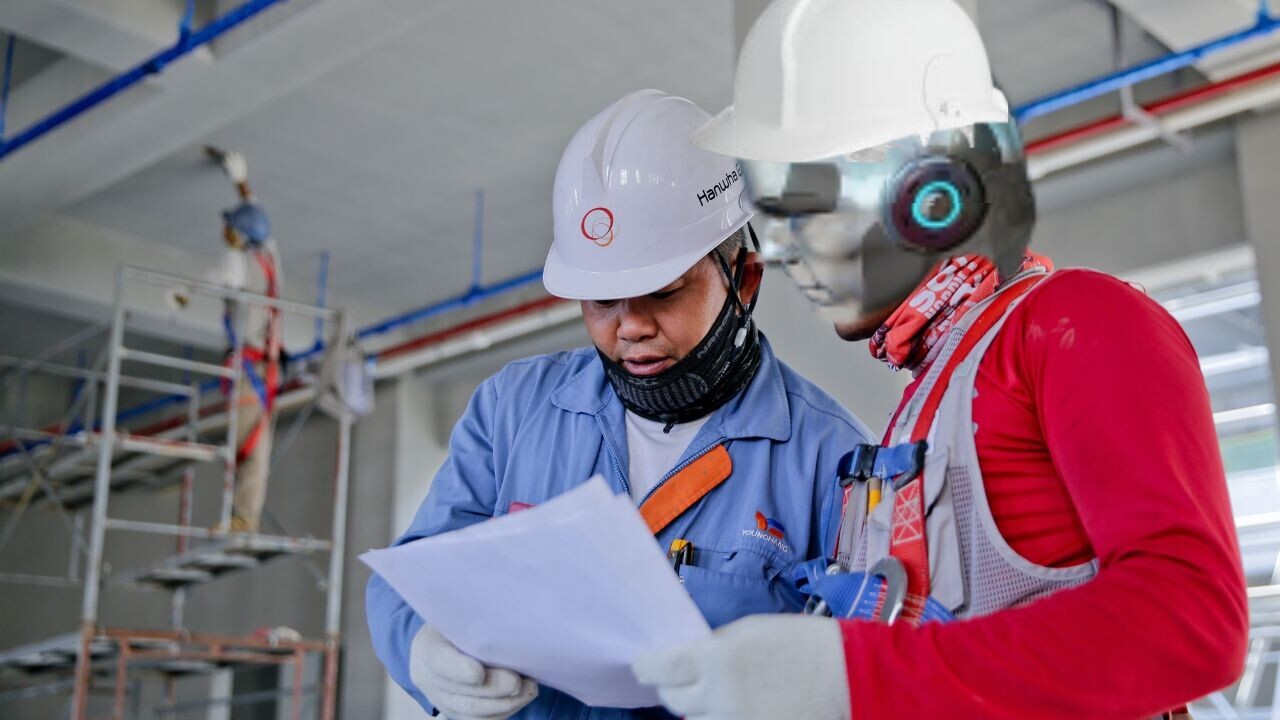
As demand for industrial robots surges, new research suggests the rewards are slow to materialise. According to the Cambridge University study, robots typically cause early losses before they can yield a payoff.
The researchers analysed industry data across 25 EU countries between 1996 and 2017. They found that when adoption levels are low, robots can have a negative effect on profit margins. As the uptake increases, however, automation drives the profits higher.
This U-shaped effect was attributed to the integration process. At first, businesses using robots typically tend to focus on streamlining operations — an expensive and laborious task. But when automation increases and the robots are fully integrated, the emphasis shifts to product innovation. As a result, companies find new revenue streams and competitive edges.
“Initially, firms are adopting robots to create a competitive advantage by lowering costs,” Chander Velu, a professor at Cambridge’s Institute for Manufacturing, said in a statement. “But process innovation is cheap to copy, and competitors will also adopt robots if it helps them make their products more cheaply. This then starts to squeeze margins and reduce profit margin.”
Velu’s research was inspired by the impact of computing. When computers first entered workplaces in the 1970s and early 1980s, productivity growth initially slowed, before rising again. Velu wanted to know whether robots have had similar effects.
To find out, his team first analysed industry-level data — primarily from manufacturing, where robots are most commonly used. Next, they examined robotics data from the International Federation of Robotics (IFR).
After comparing the two datasets, they deduced how robots have impacted profit margins. Finally, the team asked manufacturers for insights about the adoption process.
“We found that it’s not easy to adopt robotics into a business – it costs a lot of money to streamline and automate processes,” study co-author Dr Philip Chen said.
The findings emerge amid expanding industrial automation. Since the 1980s, robots have been widely used for demanding and repetitive tasks, such as vehicle assembly. In more recent years, however, robots have become adept at more intricate jobs, like complex electronics manufacturing.
These advances are convincing more businesses to adopt robotic processes. For firms exploring the possibilities, Velu has some advice.
“When you start bringing more and more robots into your process, eventually you reach a point where your whole process needs to be redesigned from the bottom up,” he said. “It’s important that companies develop new processes at the same time as they’re incorporating robots, otherwise they will reach this same pinch point.”
You can read the study paper in the journal IEEE Transactions on Engineering Management.
Get the TNW newsletter
Get the most important tech news in your inbox each week.

